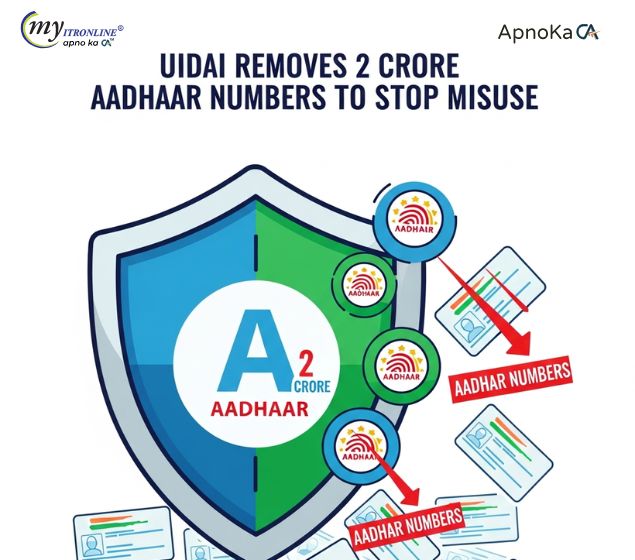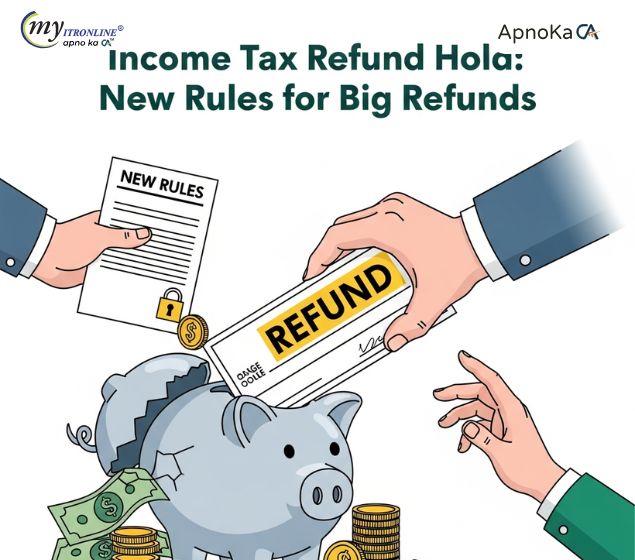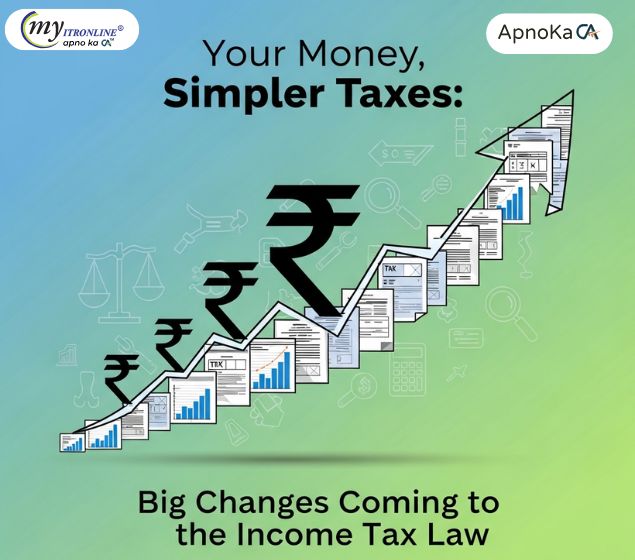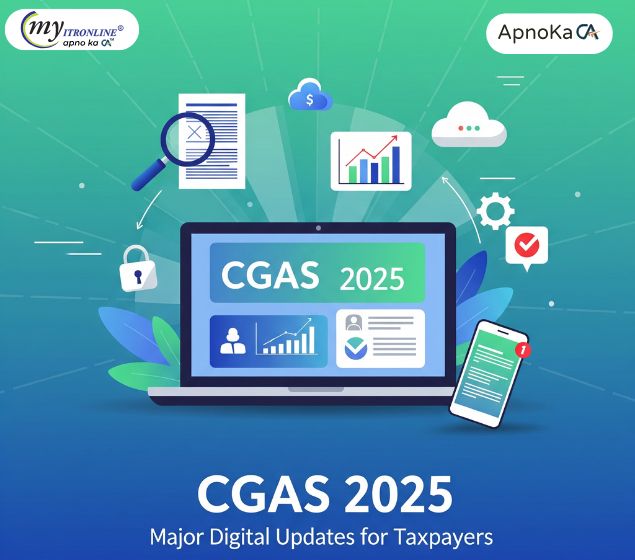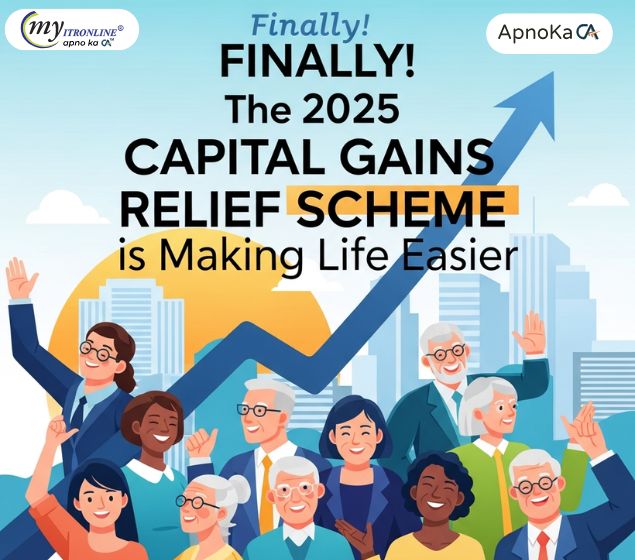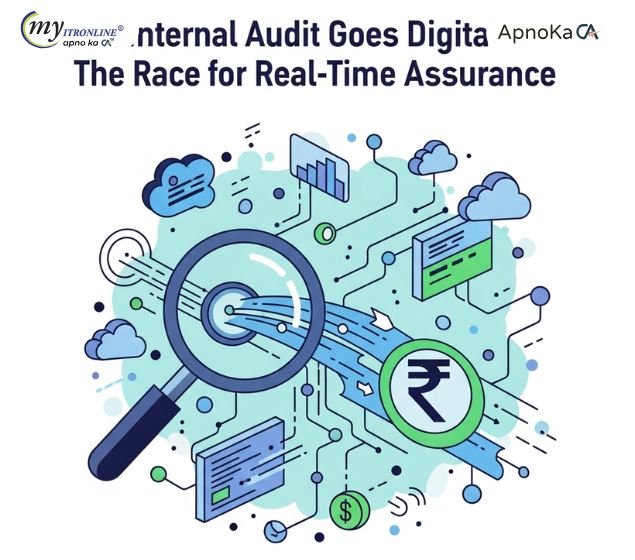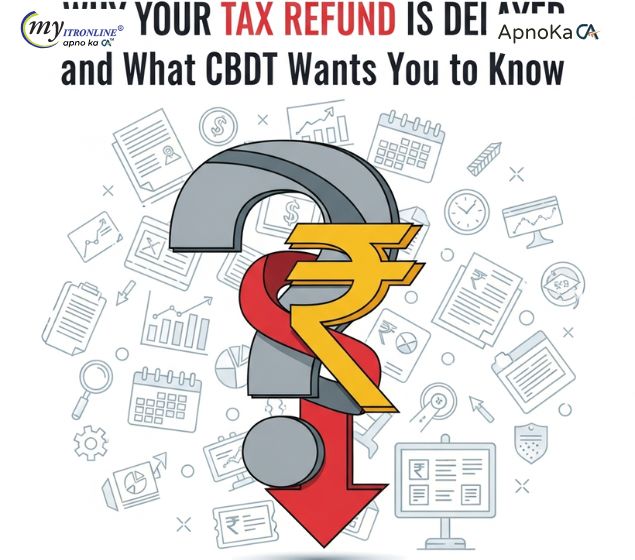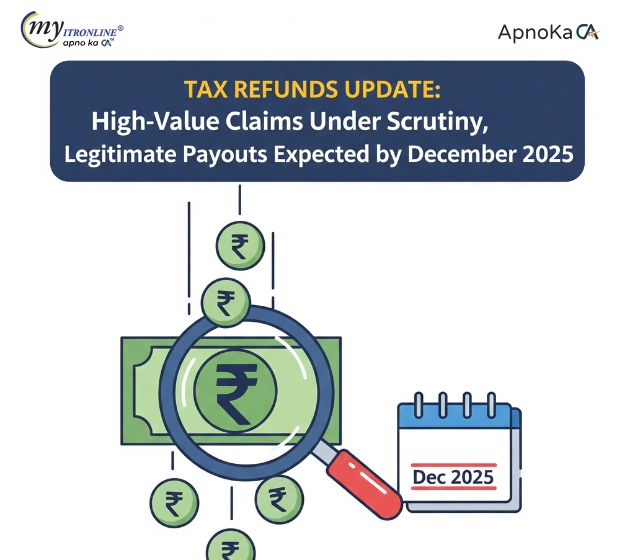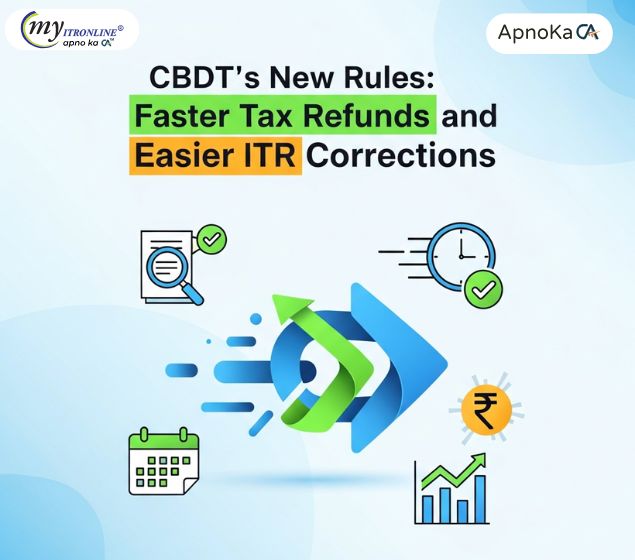80C + 80CCD Explained: Your Guide to Combining Tax Deductions in AY 2025-26
This guide explains how taxpayers can claim deductions under both Section 80C and Section 80CCD (NPS) of the Income Tax Act for AY 2025-26. It details the limits and interaction of 80C, 80CCD(1), 80CCD(1B - additional ₹50k), and 80CCD(2 - employer contribution). The post clarifies that combining these benefits (up to ₹2 Lakh + employer contribution) is possible under the Old Tax Regime, while only 80CCD(2) is available under the New Tax Regime. An example illustrates maximizing deductions under the Old Regime.
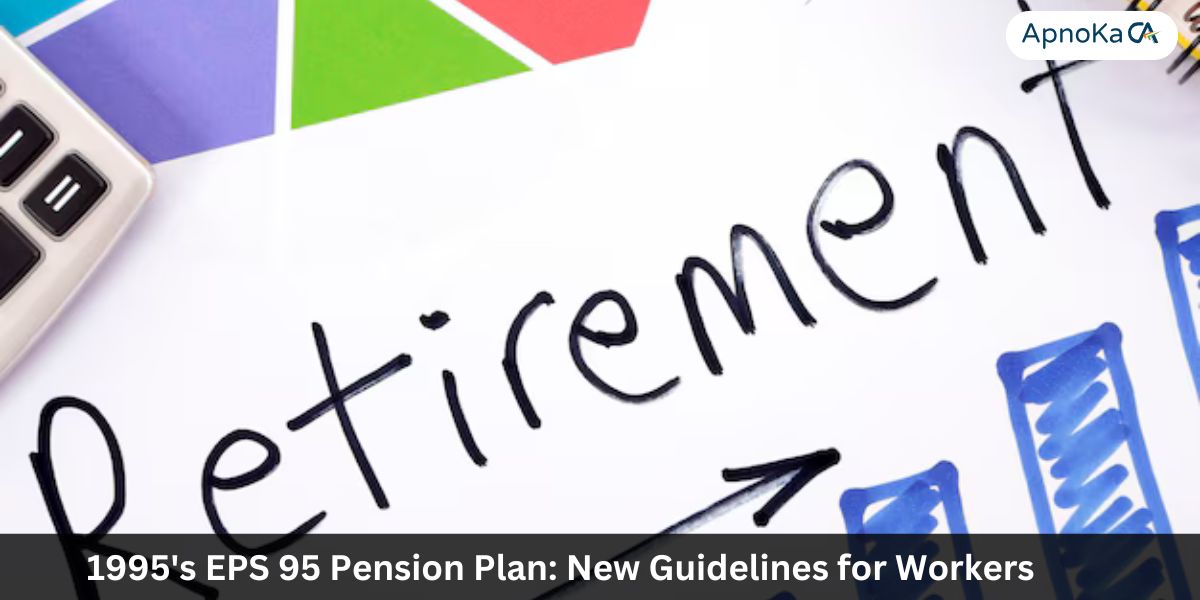
Can You Take Advantage of Both 80C and 80CCD Tax Deductions? Absolutely, Here’s the Guide!
Effective tax planning is essential for managing your finances, and having a clear grasp of the various deductions offered under the Income Tax Act, 1961, can result in substantial savings. Two of the sections that frequently come up are 80C and 80CCD. While Section 80C is well-known for its broad array of investment opportunities, Section 80CCD specifically pertains to contributions made to the National Pension System (NPS).
A question often posed is: Is it possible to claim deductions under both sections for a single financial year? The response is affirmative, but there are crucial nuances and stipulations, particularly regarding the Old versus New Tax Regime.
In this article, we will delve into Sections 80C and 80CCD, outline their interactions, and explain how you could potentially optimize your tax deductions for AY 2025-26 (income accrued during FY 2024-25).
Exploring Section 80C (The Client Favorite)
Section 80C is arguably the most favored tax-saving provision in the Income Tax Act. It permits individuals and Hindu Undivided Families (HUFs) to diminish their taxable income by investing in particular instruments or incurring qualified expenses.
- Objective: Promotes savings and investments.
- Qualified Instruments/Expenses: Encompasses contributions to Public Provident Fund (PPF), Employees' Provident Fund (EPF - employee's share), Equity Linked Savings Schemes (ELSS), premiums for life insurance, National Savings Certificates (NSC), Sukanya Samriddhi Yojana (SSY), 5-year Tax-Saving Fixed Deposits, repayment of Home Loan Principal, Children’s Tuition Fees, among others.
- Deduction Cap: The maximum total deduction available under Section 80C is ₹1.5 Lakh per financial year. This ceiling includes deductions claimed under Section 80CCC (contributions to specific pension funds) and Section 80CCD(1) (the employee’s own contributions to NPS – detailed below).
- Tax Regime Applicability: The Section 80C deduction applies only if you choose the Old Tax Regime. It is not accessible under the New Tax Regime (the default regime from AY 2024-25 onwards).
Understanding Section 80CCD (National Pension System - NPS)
Section 80CCD exclusively addresses the tax benefits linked to contributions made towards the National Pension System (NPS) and Atal Pension Yojana (APY). This section is further divided into sub-sections:
Section 80CCD(1): Employee's / Self-Employed's Personal Contribution
- What it encompasses: Your voluntary contributions to your NPS Tier-I account.
- Limit:
- For salaried employees: Up to 10% of salary (Basic + Dearness Allowance).
- For self-employed individuals: Up to 20% of Gross Total Income.
- Connection with 80C: The deduction claimed under 80CCD(1) is counted within the overall ₹1.5 Lakh cap of Section 80C (regulated by Section 80CCE). Therefore, if you claim ₹50,000 under 80CCD(1), you would only be able to claim an additional ₹1 Lakh under 80C/80CCC.
- Tax Regime Applicability: Only available under the Old Tax Regime.
Section 80CCD(1B): Extra Deduction for Personal NPS Contributions
- What it encompasses: An additional deduction specifically for your contributions to NPS (Tier-I).
- Limit: Up to ₹50,000 per financial year.
- Interaction with 80C/80CCD(1): This deduction is added on top of the combined ₹1.5 Lakh limit of Section 80C/80CCC/80CCD(1). This offers a noteworthy extra tax-saving opportunity through NPS.
- Tax Regime Applicability: Also available only under the Old Tax Regime.
Section 80CCD(2): Employer’s Contribution to NPS
- What it covers: Contributions made by your employer towards your NPS Tier-I account.
- Limit:
- Limit: A maximum of ₹50,000 can be claimed per financial year.
- Connection with 80C/80CCD(1): This deduction is in addition to the total ₹1.5 Lakh limit set by Section 80C/80CCC/80CCD(1). This creates an important opportunity for further tax savings through NPS.
- Availability of Tax Regimes: This option is only available under the Old Tax Regime.
Section 80CCD(2): Contributions made by Employers to NPS
- What it includes: Contributions to your NPS Tier-I account from your employer.
- Limit:
- For employees of Central/State Governments: Up to 14% of salary (Basic + DA).
- For employees in the Private Sector: Up to 10% of salary (Basic + DA).
- Relation with others: This deduction is over and above both the ₹1.5 Lakh limit (80C/80CCC/80CCD(1)) and the extra ₹50,000 limit (80CCD(1B)). The employer’s contributed amount is first added to your salary income and then permitted as a deduction.
- Tax Regime Availability: Notably, the deduction under Section 80CCD(2) can be claimed under BOTH the Old and New Tax Regimes.
The Major Question: Can You Claim Both? (Yes, under the Old Regime!)
According to the breakdown provided, it is indeed possible to claim deductions under both Section 80C and various sub-sections of 80CCD, especially if you choose the Old Tax Regime. Here's a way you can maximize your deductions:
- Claim up to ₹1.5 Lakh under the combined limit of Sec 80C, 80CCC, and 80CCD(1): Use popular options such as EPF, PPF, ELSS, LIC, home loan principal, tuition fees, and/or your own NPS contribution (up to 10%/20% of salary/GTI) to meet this limit of ₹1.5 Lakh.
- Claim an extra ₹50,000 exclusively for NPS under Sec 80CCD(1B): If you contribute more to your NPS account beyond what is mentioned in point 1, you can utilize this additional deduction.
- Claim deduction for Employer's NPS Contribution under Sec 80CCD(2): If your employer makes contributions to your NPS, you can claim this deduction apart from the limits stated in points 1 and 2, up to 10% or 14% of your salary.
Thus, under the Old Tax Regime, your total potential deduction related to these sections can reach ₹2 Lakh (from your investment/contributions) IN ADDITION to your employer's eligible NPS contribution.
Key Consideration: Old Regime vs. New Regime
This is an important factor to assess for AY 2025-26:
- Old Tax Regime: Permits deductions under 80C, 80CCC, 80CCD(1), 80CCD(1B), and 80CCD(2). This is advantageous if your potential deductions are substantial.
- New Tax Regime (Default): Does NOT allow deductions under 80C, 80CCC, 80CCD(1), or 80CCD(1B). The ONLY deduction available from this group in the New Regime is the employer's contribution to NPS under Section 80CCD(2).
If you are adhering to the default New Tax Regime, the strategy of combining 80C and employee NPS contributions (80CCD(1) & 80CCD(1B)) for tax savings will not apply. Your primary benefit from NPS would come from the tax deduction on your employer's contribution (if any).
Example Scenario (Old Tax Regime - AY 2025-26)
Consider Priya, a private sector employee with a Basic+DA salary of ₹10 Lakhs. She opts for the Old Tax Regime.
- Her mandatory EPF contribution amounts to ₹72,000 (falls under 80C).
- She pays a Life Insurance Premium of ₹30,000 (falls under 80C).
- She invests ₹1,00,000 in her NPS Tier-I account.
- Her employer contributes ₹1,00,000 (10% of Basic+DA) to her NPS Tier-I account.
Deductions for Priya:
- Sec 80C/80CCD(1) Limit (Max ₹1.5 Lakh):
- EPF: ₹72,000
- LIC: ₹30,000
- NPS [80CCD(1) - part of 80C limit]: She is eligible to claim ₹48,000 from her NPS contribution here (₹1,50,000 Limit - ₹72,000 EPF - ₹30,000 LIC = ₹48,000 remaining).
- The total claimed under the ₹1.5L limit amounts to ₹72,000 + ₹30,000 + ₹48,000 = ₹1,50,000.
- Sec 80CCD(1B) Limit (Max ₹50,000):
- The remaining portion of her NPS contribution is ₹1,00,000 (Total NPS) - ₹48,000 (Claimed under 80C/80CCD(1)) = ₹52,000.
- She can claim the maximum additional deduction of ₹50,000 under 80CCD(1B).
- Sec 80CCD(2) Limit (Max 10% of Salary):
- Employer's Contribution: ₹1,00,000 (which is 10% of ₹10 Lakh).
- She can claim the full ₹1,00,000 deduction under 80CCD(2).
The total deduction for Priya adds up to ₹1,50,000 + ₹50,000 + ₹1,00,000 = ₹3,00,000.
Conclusion
Yes, deductions can indeed be claimed under both Section 80C and Section 80CCD, but their combination largely depends on the tax regime chosen.
- Under the Old Tax Regime, you can effectively combine 80C investments with your own NPS contributions under 80CCD(1) and 80CCD(1B) to claim deductions up to ₹2 Lakh, in addition to an extra deduction for your employer's NPS contribution under 80CCD(2).
- In the New Tax Regime, the only available benefit from this category is the deduction for your employer's NPS contribution under Section 80CCD(2). All other deductions under 80C, 80CCD(1), and 80CCD(1B) cannot be claimed.
When preparing your taxes for AY 2025-26, make sure to carefully assess your deductions and calculate your tax liability under both regimes to optimize your financial position. For any doubts or for professional tax filing assistance, turn to MyITROnline for expert support.
FILING YOUR INCOME TAX RETURN F.Y 2024-25 (A.Y. 2025-2026) WITH MYITRONLINE
The income tax filing deadline is right around the corner. If you haven’t filed yet, do it today with Myitronline! Avoid last minute rush and file your tax return today on MYITRONLINE in Just 5 mins.(www.myitronline.com)
If you are looking for eCA assistance to file your income tax return/ GST, you can opt for MYITRONLINE eCA assisted plan starting
Upload Salary Individual Form-16
If you have any questions with filing your tax return, please reply to this mail. info@myitronline.com OR call 9971055886,8130309886.
Note-All the aforementioned information in the article is taken from authentic resources and has been published after moderation. Any change in the information other than fact must be believed as a human error. For queries mail us at marketing@myitronline.com
Krishna Gopal Varshney
An editor at apnokacaKrishna Gopal Varshney, Founder & CEO of Myitronline Global Services Private Limited at Delhi. A dedicated and tireless Expert Service Provider for the clients seeking tax filing assistance and all other essential requirements associated with Business/Professional establishment. Connect to us and let us give the Best Support to make you a Success. Visit our website for latest Business News and IT Updates.
Leave a reply
Your email address will not be published. Required fields are marked *Share this article
Krishna Gopal Varshney, Founder & CEO of Myitronline Global Services Private Limited at Delhi. A dedicated and tireless Expert Service Provider for the clients seeking tax filing assistance and all other essential requirements associated with Business/Professional establishment. Connect to us and let us give the Best Support to make you a Success. Visit our website for latest Business News and IT Updates.
View articles










